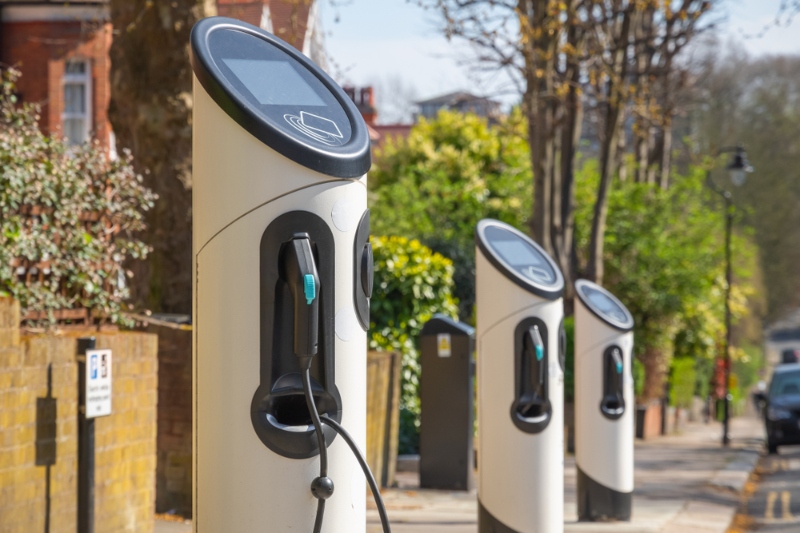Local authorities have welcomed a new Government strategy designed to boost the roll-out of 300,000 electric vehicle charge points by 2030.


Launched today, the Electric Vehicle Infrastructure Strategy is backed by £1.6bn and aims to make charging an electric vehicle (EV) ‘easier and cheaper’ than refuelling a petrol or diesel car.
‘No matter where you live – be that a city centre or rural village, the north, south, east or west of the country – we’re powering up the switch to electric and ensuring no one gets left behind in the process,’ said transport secretary Grant Shapps.
‘The scale of the climate challenge ahead of us all is well known and decarbonising transport is at the very heart of our agenda.
‘That’s why we’re ensuring the country is EV-fit for future generations by the end of this decade, revolutionising our charging network and putting the consumer first.’
Around £500m will be invested to bring public charge points to communities across the UK. This includes a £450m Local Electric Vehicle Infrastructure (LEVI) fund, which will boost projects such as EV hubs and on-street charging.
The LEVI funding includes up to £50m to fund staff to work on local challenges and public charge point planning. A pilot scheme for this fund launched today will see local authorities bid for a share of £10m in funding.
Responding to the announcement, Cllr David Renard, transport spokesperson for the Local Government Association (LGA), commented: Councils are determined to tackle climate change and drive down harmful transport related emissions and are already supporting the transition to electric vehicles.
‘This funding is a significant boost to those efforts which will help secure staffing and resources to better plan and invest in local charge point networks, in partnership with commercial operators. It will also help ensure that there is access where it is needed, in particular for those without access to off-street parking.
‘Councils are best-placed to ensure charge points are delivered in the right places and avoiding inappropriate or poor location. All councils need to benefit and have full flexibility to maximise the impact of the funding.
‘While funding is one barrier to progress, we await details as to how the Government intends to deal with other obstacles such as high costs of connection points to the electric grid, and access to expertise.’